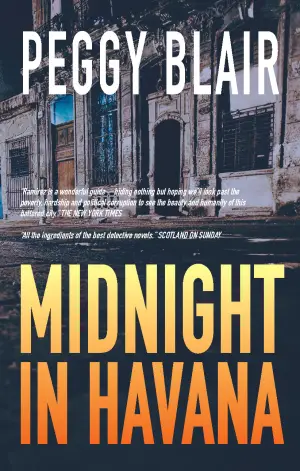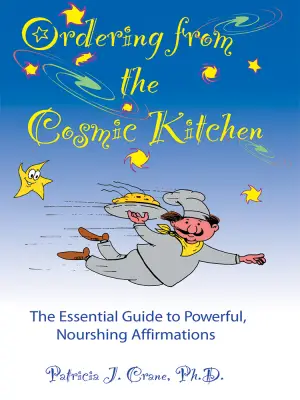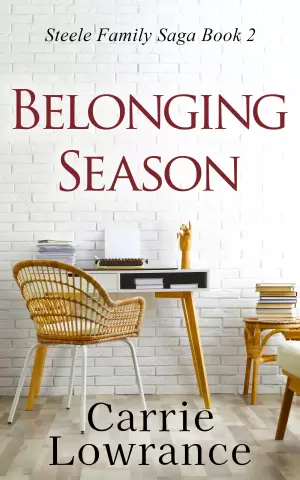Thirteen Reasons Why: A Personal Reflection on its Harrowing Themes
When I first picked up Thirteen Reasons Why by Jay Asher, I was eager to delve into a story that promised to explore serious themes surrounding mental health and the complexities of teenage life. After all, it’s a book often hailed for its raw and realistic portrayal of teen suicide. However, as I turned the pages, my anticipation turned into dismay. I soon found myself among a minority voice that just didn’t connect with this narrative, and I believe it’s important to share why.
At its core, Thirteen Reasons Why revolves around the tragic tale of Hannah Baker, a high school student who takes her own life, leaving behind a series of cassette tapes that outline the reasons for her decision. Each tape reveals a different person and event that contributed to her anguish. While this concept is compelling and creates an intricate web of cause and effect, I couldn’t help but feel it glamorizes suicide. Instead of participating in a deeper dialogue about mental health, the story seemed to romanticize Hannah’s tragic end.
Reading Hannah’s story brought back memories of my own struggles, and I found myself in a tumultuous emotional battleground. One of the most gripping aspects is the internal dialogue that many teens can relate to—the feeling of being misunderstood, the weight of depression, and the craving for validation. Yet, I felt that Hannah’s journey ultimately perpetuated myths surrounding suicide rather than dismantling them. It was disheartening to witness a character whose death served as a catalyst for others’ realizations, turning her tragedy into a dramatic lesson for her peers without emphasizing the vital message that life is complex and that pain is often temporary.
Asher’s writing strikes a balance between poetic insight and stark reality, which is commendable. The pacing of the narrative keeps readers turning the pages, and there are moments of real emotional depth, particularly as Clay, the protagonist, grapples with the aftershocks of Hannah’s death. Yet, the tone felt overwhelmingly heavy, with Hannah’s anger overshadowing any potential for compassion. I found it hard to sympathize with her; her relentless focus on her own pain left little room for acknowledging the suffering of others, such as Jessica—her former friend who was a victim in her own right.
Notably, the structure of the tapes presented an intriguing narrative technique, creating a sense of suspense as Clay discovers the events that Hannah believes led her to despair. However, the execution felt flawed to me, as it hinged on a binary view of guilt and blame. Not every “reason” warranted the severity that Hannah ascribed to it; some were minor infractions that seemed disproportionate to the weight of her actions and choices. This left me questioning the portrayal of emotional crises and responsibility in the lives of teenagers.
Ultimately, I believe Thirteen Reasons Why could resonate deeply with readers who find comfort in understanding the intricacies of teenage angst and mental health. However, for those who might be grappling with similar feelings of despair, this book could be potentially harmful, painting suicide as a dramatic solution rather than an irreversible choice.
In closing, while this book aims to shed light on very real issues, my experience with it highlighted the importance of a nuanced discussion around mental health and suicide. I came away from this read feeling unsettled, and curious about how narratives like Hannah’s can both resonate intensely and mislead profoundly. If you’re considering this book, approach it with caution, and perhaps be ready for an emotional journey that doesn’t shy away from discomfort.










